Hasitha Fernando looks at the story behind the controversial American Psycho on the 25th anniversary of its release…
American Psycho was many things. In one sense it was mired in controversy from the get-go due to the problematic nature of its source material and in another the movie marked the critical and transformative turning point of Christian Bale’s career. As the dark horror comedy celebrates its 25th anniversary, we look back at the behind-the-scenes story and what went on during the making of film…
The source material caused quite a controversy when it debuted
American Psycho is a satirical dark comedy penned by American author Bret Easton Ellis. The narrative follows the story of high society socialite cum investment banker Patrick Bateman who lives a dual life as a murderous psychopath. Ellis confessed that the basic premise of American Psycho came to fruition as a result of the consumer driven yuppie culture that was prevailing at that time, “I was slipping into a consumerist kind of void that was supposed to give me confidence and make me feel good about myself but just made me feel worse and worse and worse about myself. That is where the tension of American Psycho came from.”
The book received quite the backlash when it debuted with the author even receiving hate mail and death threats for his polarizing creative output. Many feminist activists and organizations further lambasted Ellis’s effort due to its graphic depiction of violence against women. But despite the properties’ controversial nature, producer Edward R. Pressman showed a keen interest in adapting the novel to a feature film, after Johnny Depp expressed interest in it.
Bret Easton Ellis grew tired of adapting his own book for the big screen
American Psycho wasn’t the first instance that one of Bret Easton Ellis’s efforts were adapted as a feature film. His first novel, Less Than Zero, also received the big screen treatment back in 1987 but Ellis was far from pleased by the adaptation. Because of this Ellis preferred to adapt American Psycho if he was given the opportunity to do so. The writer’s dream came true when he got hired to write the screenplay when David Cronenberg and Brad Pitt were attached to direct and star at one point. Re-Animator helmer Stuart Gordon and Johnny Depp had, at that point, moved on with other projects due to the delayed nature of the adapting process.
However, in spite of authoring American Psycho, Ellis struggled with script development since Cronenberg wanted to excise large chunks of the novel which played an integral role in the narrative and specifically instructed that the script be confined to around 70 pages. The myriad changes resulted in the screenplay diverging from the source material in a big way and as three and a half years had elapsed Ellis had gotten completely fed up with what he was burdened with. The sheer boredom resulted in Ellis crafting an elaborate musical sequence to the tune of Barry Manilow’s “Daybreak” as the film’s grand finale in his final draft.
Finding that Ellis could not give what he wanted, Cronenberg hired Dead Ringers’ scribe Norman Snider to take a stab at script development. However, Snider too failed at the task and eventually both Cronenberg and Pitt departed the long stagnating project. Ellis ended up writing another draft for producer Rob Weiss, who went on to co-produce American Psycho, but that iteration too failed to materialize. Frustrated, Edward R. Pressman even attempted to pre-sell the property at the 1996 Cannes Film Festival but was unable to secure a potential buyer.
Mary Harron was drawn to the property due to its “risky” nature
Following the success of I Shot Andy Warhol, which premiered at the 49th Cannes Film Festival to glowing reviews, Mary Harron was on the lookout for a project that would stimulate her artistic soul. And it came in the form of a phone call from one Roberta Hanley – who ran the production company which held the film rights to American Psycho – with a tantalizing offer to direct the movie. At first, however, Harron was skeptical since she found the content of the novel too dark and violent. But then, the filmmaker realized that the time was right to adapt the property and focus on a more satirical, social commentary heavy version of the book’s narrative. Since Harron was uninterested in the other offers she received, she decided to make American Psycho due to its inherently “risky” nature. Further, Harron requested that she’d like to take a crack at the screenplay as well, since the previous drafts didn’t quite appeal to her as a creative. The producers agreed and Harron came on board as the film’s writer and director.
The drama that ensued due to Christian Bale’s casting was nuts
There’s nary a cinemagoer who does not know who Christian Bale is in the present day and age. The uber-talented actor not only delivered one of the most memorable renditions of Batman/Bruce Wayne but later went on to bag an Academy Award for Best Supporting actor for his electrifying performance in 2010’s The Fighter. But 25 years ago Bale was a relative unknown who’s biggest credit up to that point was Steven Spielberg’s war epic Empire of the Sun which was shot in 1987 when Bale was only 13-years-old, and Lionsgate were adamant that the up-and-coming actor wasn’t the right choice for their lead. This led to a bitter fallout between the studio and Harron which resulted in her exiting the project altogether.
During this period of uncertainty, Leonardo DiCaprio was cast as the film’s lead (along with a hefty price tag of $20 million which Lionsgate were more than happy to pay) and Oliver Stone was brought on to direct the effort. However, this short lived endeavor was beset with creative differences from the get-go and the producers, Oliver Stone and their new lead star never saw eye to eye. Because of this DiCaprio departed the project in favor of Danny Boyle’s The Beach which resulted in the inevitable exit of Stone as well. Lionsgate reluctantly rehired Harron but they were still hellbent on not casting Bale in the lead role. The studio reached out to Ewan McGregor but Bale urged the Star Wars alum to not accept. Harron conversed with Matt Damon, Ben Affleck, Vince Vaughn and Edward Norton but no one showed interest in joining. In the end, Lionsgate hired Bale for the comparatively smaller salary of $50,000 to be their Patrick Bateman.
Christian Bale was warned that it would be career suicide to join American Psycho
Christian Bale was warned by many in the film industry to not take the lead role in American Psycho. But these dire warnings only made the young actor eager to nab the role. Bale was inspired by Nicolas Cage’s creepy performance in Vampire’s Kiss and one of Tom Cruise’s interviews with David Letterman. The performer stuck to a rigorous workout routine and embraced a method acting approach to his performances, opting to not socialize with his co-stars in between takes and conversing throughout the production in an American accent. Bale even freaked out Bret Easton Ellis when he met with the author for a meeting whilst still being in character as Patrick Bateman. Easton Ellis later revealed that it was the single creepiest moment of his life.
Different takes of Willem Dafoe’s performance were used for the interview scenes
Willem Dafoe requires no introduction. The gifted character actor has made a name for himself by working with auteur filmmakers such as Wes Anderson, Robert Eggers, Lars von Trier, Sean Baker, Paul Schrader, Julian Schnabel and Abel Ferrara. The actor received wide recognition, however, for his brilliant portrayal of Norman Osbourne a.k.a Green Goblin in Sam Raimi’s Spider-Man films and the MCU’s Spider-Man: No Way Home. During the shoot Mary Harron instructed the talented Dafoe to give three different performances for three different takes of the same scene – one where Dafoe’s Detective Kimball knew Bateman was Paul Allen’s murderer, another where he appeared to suspect Bateman and the last one where Kimball appeared to not even suspect Bateman. These three different takes were then stitched together during editing process in order to obfuscate audiences.
Jared Leto was excluded from the rehearsals of the murder of Paul Allen
Over the years Jared Leto has developed something of a polarizing reputation amongst both film critics and audiences, but the chap does surprise us all now and then by dishing out awards worthy performances like he did in Dallas Buyers Club and The Little Things. For the pivotal involving Leto in American Psycho, director Mary Harron and Christian Bale purposefully excluded the actor during rehearsals in order to illicit a more genuine response by him when the scene is actually shot.
Shooting in Toronto proved to be a challenging affair for all
Due to the controversial nature of the novel and because of reports that serial killer and rapist Paul Kenneth Bernardo owned a copy of the book whilst engaging in a killing spree in the district of Toronto between 1987 and 1990, anti-violence advocates urged Toronto City Hall to deny the production of American Psycho to shoot in Toronto. Because of this, Harron & co. had trouble securing shooting locations in the vicinity to carry out filming. To avoid unnecessary problems due to ongoing protests, the production removed the title from daily call sheets and parking permits during filming.
One of the film’s most costliest aspects were purchasing the rights to various songs
Along with the original score crafted by Velvet Underground co-founder John Cale, who also scored I Shot Andy Warhol, American Psycho features a sublime soundtrack 1980s pop music from a variety of artists which include the likes of Phil Collins, David Bowie, New Order, Robert Palmer, Rakim, Erik B. and the Mediæval Bæbes. The producers were able to secure licenses for most of the songs they sought, but the controversial nature of the property led to some artists declining the use of their songs like Whitney Houston who didn’t allow the usage of her song “The Greatest Love of All”. Production ended up using an orchestral version of the song for the movie, instead. The Huey Lewis and the News song “Hip to Be Square” which appears in a pivotal moment in the movie was also removed from the soundtrack album, as the song was included without the band’s permission.
Box-office success, positive critic praise & beyond
Made on a production budget of $7 million American Psycho went on to make a respectable $34 million at the worldwide box office. The movie debuted at the Cannes Film Festival polarizing audiences and critics both but unanimous praise was showered on the star making turn dished out by lead actor Christian Bale. Veteran film critic Roger Ebert gave the film three out of four stars, showering praise on the female perspective brought by Harron and writer Guinevere Turner because they depict Bateman not as a psychologically disturbed aberration, but as a certain type of selfish, ego-driven male behavior taken to an abhorrent extreme. Owen Gleiberman of Entertainment Weakley gave the film an A− rating, writing, “By treating the book as raw material for an exuberantly perverse exercise in ’80s Nostalgia, Harron recasts the go-go years as a template for the casually brainwashing-consumer/fashion/image culture that emerged from them. She has made a movie that is really a parable of today”.
The success of the film cemented Christian Bale’s reputation as Hollywood’s next leading man which resulted in the actor being cast to play none other than Bruce Wayne/Batman in Christopher Nolan’s critically acclaimed The Dark Knight trilogy. A direct-to-video sequel titled American Psycho 2 starring Mila Kunis was released two years later which was critically panned and denounced by American Psycho author. On a more positive note, however, there are talks that acclaimed filmmaker Luca Guadagnino is set to direct a new adaptation of the source material, but whether or not it will live up to the original is another matter entirely.
What are your thoughts on American Psycho? Let us know on our social channels @FlickeringMyth…
Hasitha Fernando is a part-time medical practitioner and full-time cinephile. Follow him on Twitter via @DoctorCinephile for regular updates on the world of entertainment.

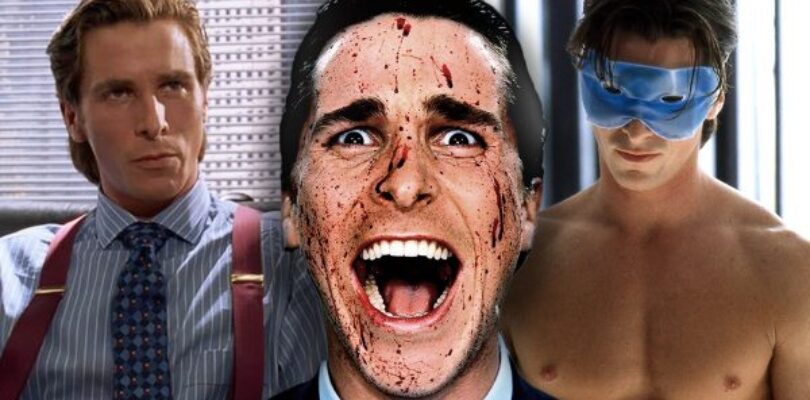

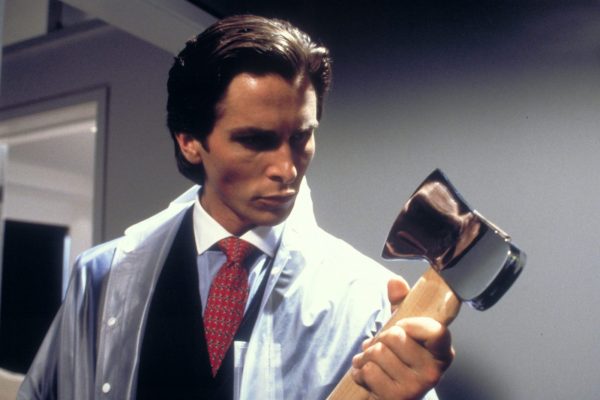
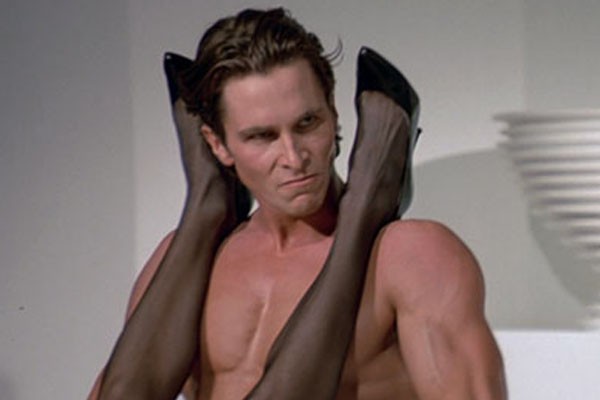
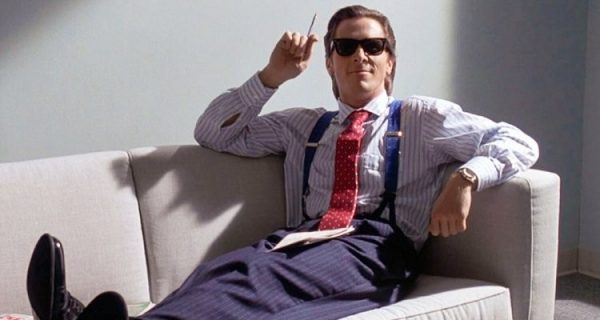
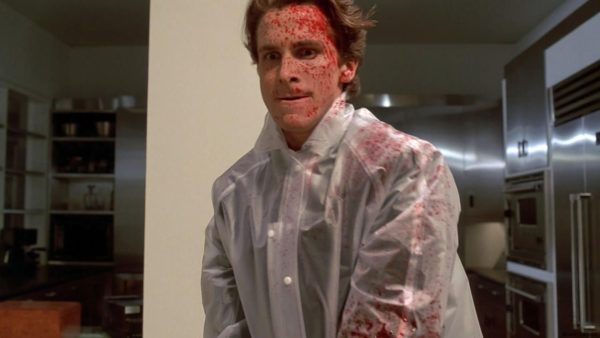
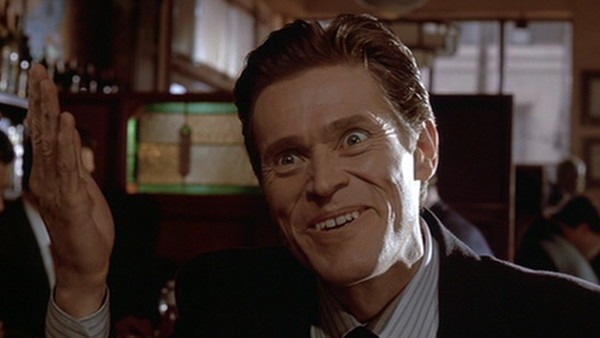
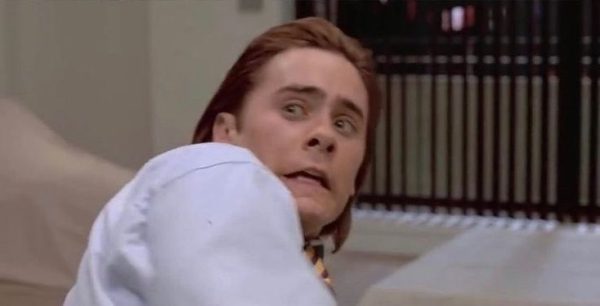

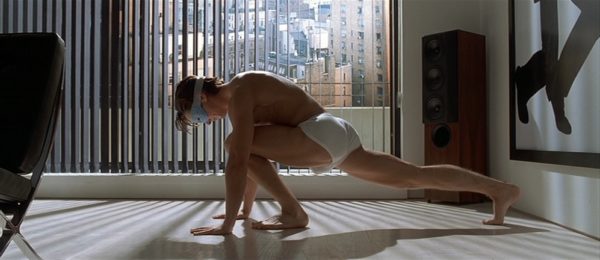
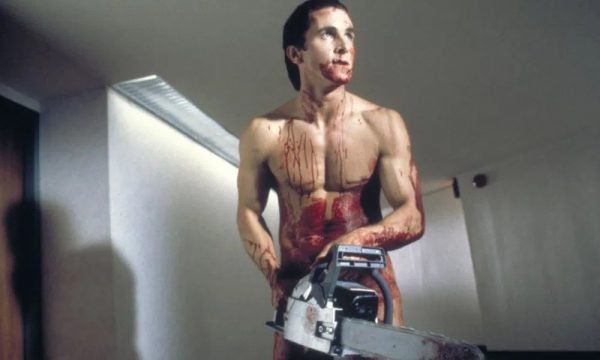


![Come Face to Face With the Zombie Menace in the Story Trailer for ‘Zombie Army VR’ [Watch] – Bloody Disgusting](https://zombiegaming.org/wp-content/uploads/2024/04/zombiearmyvr-178x140.jpg)
